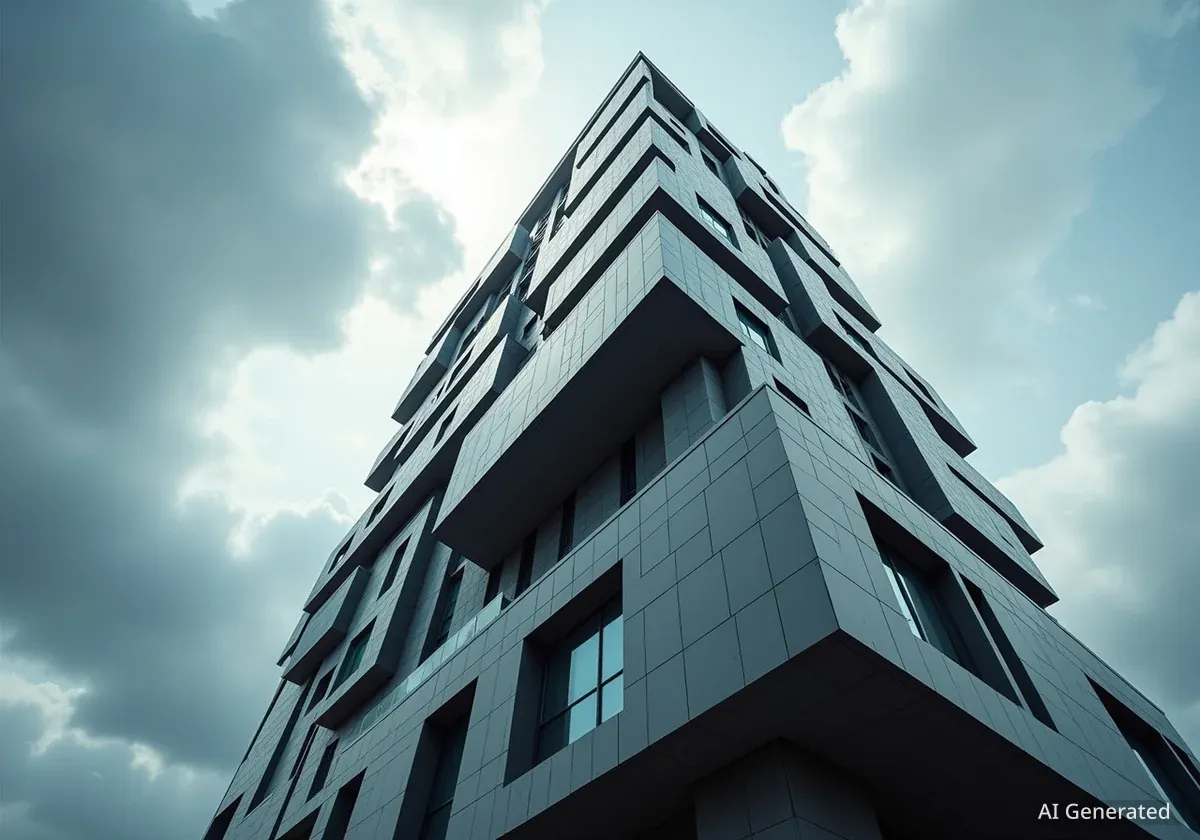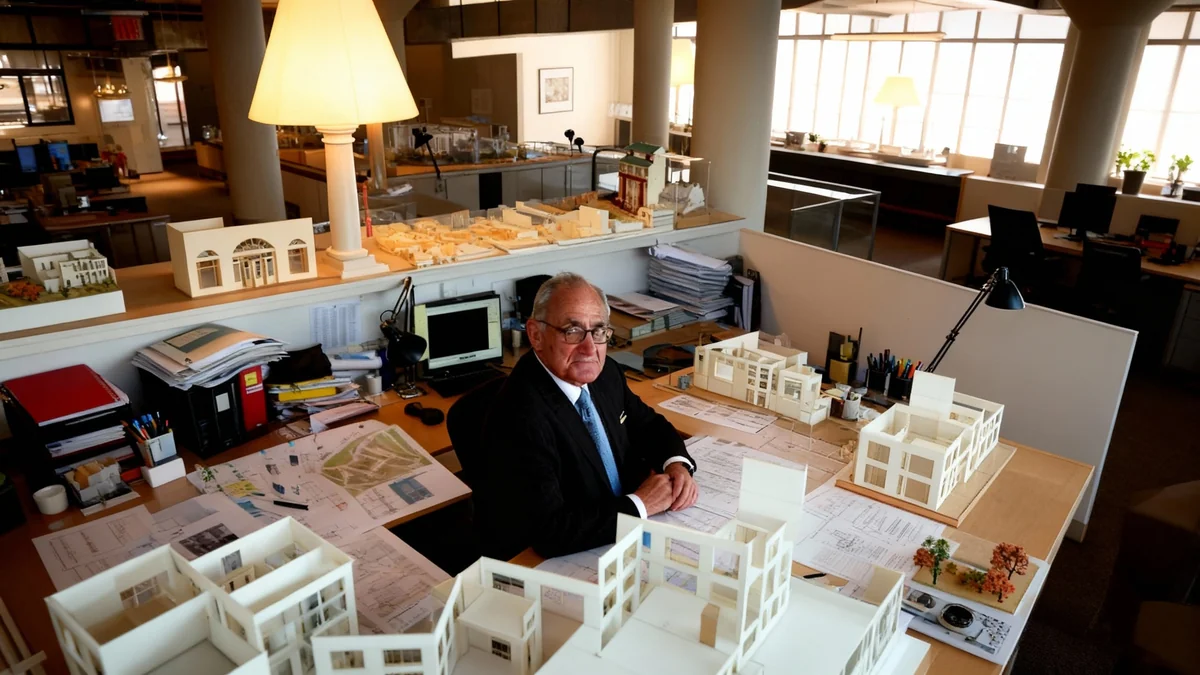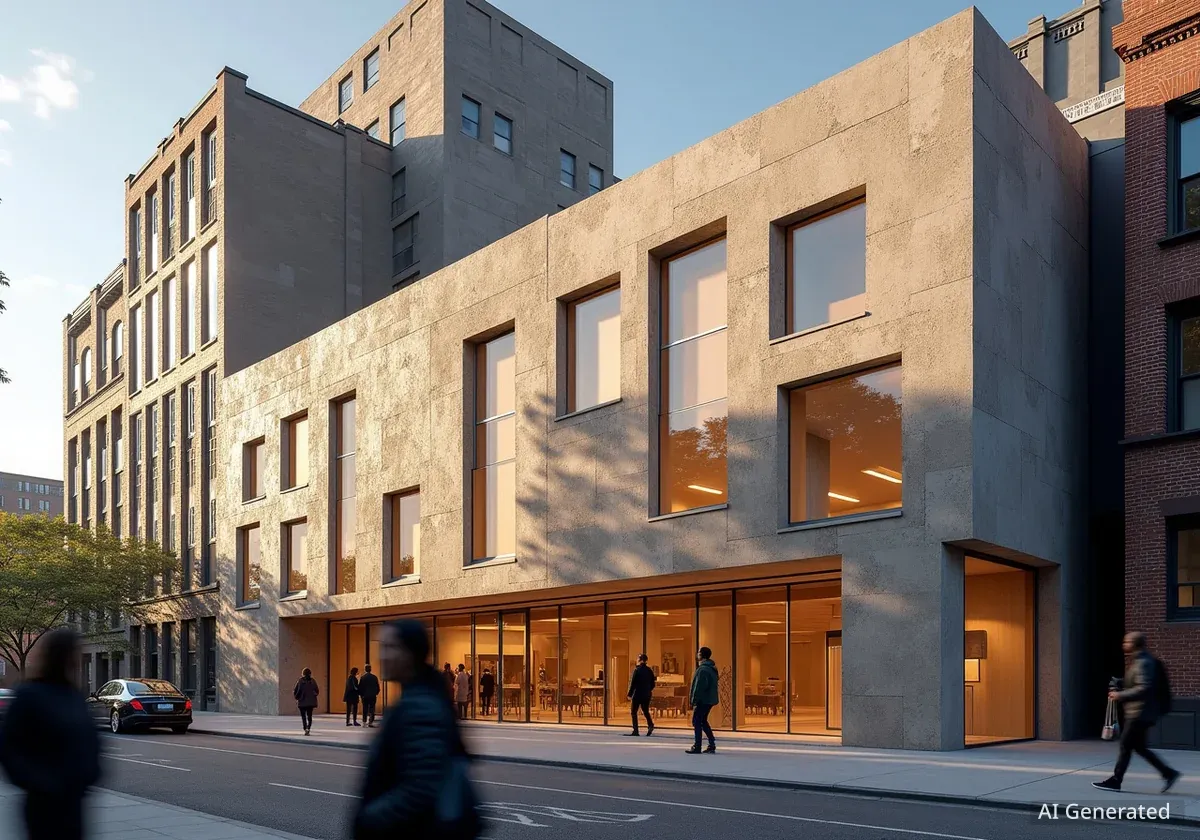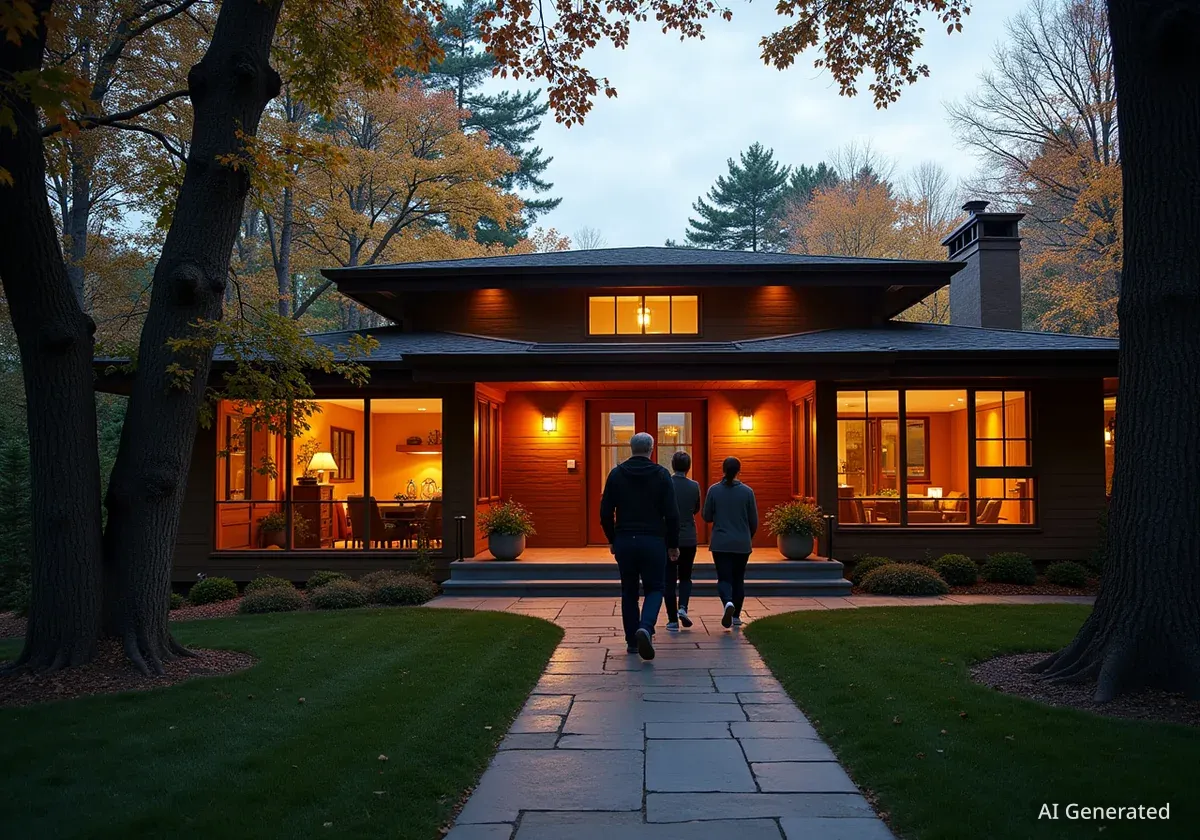Sir Terry Farrell, the influential British architect known for his distinctive postmodern designs, has died at the age of 87. Farrell's career spanned decades, leaving a significant mark on urban landscapes worldwide, from London's MI6 headquarters to major projects in Hong Kong and Newcastle. His work often blended historical elements with modern forms, creating buildings that were both functional and visually striking.
Key Takeaways
- Sir Terry Farrell, a leading postmodern architect, passed away at 87.
- He designed iconic buildings like London's MI6 headquarters and Embankment Place.
- Farrell's firm expanded internationally, with major projects in Hong Kong and mainland China.
- He championed architecture as a communicative and uplifting art form for the public.
- His legacy includes the Grade I listed Cosmic House and the Farrell Centre in Newcastle.
Farrell's Impact on London's Skyline
Terry Farrell's architectural vision profoundly shaped London. His buildings often featured a strong, recognizable style, blending various influences. One of his most famous structures is the headquarters for the UK's Secret Intelligence Service, commonly known as MI6, located on the former Vauxhall pleasure gardens site.
Completed in 1994, the MI6 building showcased Farrell's signature postmodern approach. It featured a flamboyant, flesh-colored facade with ziggurat-like towers and crenellations. This design made it a dominant feature along the River Thames. Architect and critic Deyan Sudjic described MI6 as "an epitaph for the architecture of the 80s." He noted its styling could be seen as either a Mayan temple or an Art Deco machine.
"His buildings were nothing if not scenographic, always ready for their closeup."
MI6 in Cinema
The MI6 building famously appeared in several James Bond films. It served as the home of the fictional 00 section. In the 2015 movie Spectre, the building was even depicted as being reduced to rubble. Farrell was known to appreciate this connection between his architecture and popular culture.
Further along the Thames, Farrell designed Embankment Place, completed in 1990. This office block is suspended over Charing Cross train station. Its design evokes a colossal Wurlitzer organ from a 1930s cinema. Another significant London project was Alban Gate (1987). This tower replaced a 1960s office block on London Wall, connecting the City and the Barbican. It featured horizontal bands of glass and pink granite, creating a distinctive candy-striped look.
The Rise of Postmodernism and Unique Designs
Farrell's career gained momentum with the rise of postmodernism. This architectural movement challenged traditional modernist principles. He initially worked with Nicholas Grimshaw before establishing his own practice in 1980. A key collaboration was with architectural theorist Charles Jencks, lasting three years.
This partnership led to the creation of the Cosmic House. Farrell was approached by Jencks in 1978 to remodel a Victorian townhouse in London's Holland Park. Over time, this project evolved into a built manifesto for postmodernism. It was adorned with layers of metaphor and symbolism. The Cosmic House is now Grade I listed, the first post-war house to achieve this distinction.
What is Postmodernism?
Postmodern architecture emerged in the late 20th century. It rejected the rigid, minimalist styles of modernism. Instead, it embraced eclecticism, historical references, ornament, and symbolism. Architects like Farrell sought to make buildings more communicative and engaging for the public.
Farrell also designed the TV-am studios in Camden Town, completed in 1983. He transformed a former car showroom into the hub for British breakfast television. The building was topped with distinctive, giant yellow and blue finials resembling eggcups. One of these eggcups even appeared on the Antiques Roadshow long after TV-am ceased broadcasting.
Global Reach and Chinese Influence
While some viewed Farrell's decorative style as superficial, he was deeply committed to making architecture more communicative and uplifting. His approach proved successful, leading to rapid expansion of his practice by the early 1990s. His firm grew from a modest studio to an international operation with offices in Hong Kong and Shanghai. This expansion capitalized on China's building boom and economic liberalization.
China held a special place for Farrell, who first visited Hong Kong in 1964 on a traveling scholarship. The firm's first major East Asian project was Hong Kong's Peak Tower, won through an international competition in 1997. The tower's crescent shape, often compared to a wok or cupped hands, quickly became a local landmark. It even appeared on Hong Kong's $20 banknote for a period.
- Hong Kong's Peak Tower (1997): Iconic crescent shape, featured on local currency.
- KK100 skyscraper in Shenzhen (2012): A 442-meter-high building, it was the tallest designed by a British architect at the time.
- Guangzhou South Station: Another significant project in China, showcasing his continued engagement with the region.
Farrell was one of the few architects to have a train named after him. The "Sir Terry Farrell," a Class 222 locomotive, operated on the east coast mainline. This honor recognized his design of The Deep, Hull's large aquarium, which opened in 2002.
A Legacy of Public Engagement and Urban Design
Farrell's London office was located in a former aircraft factory near Edgware Road, which had produced Spitfires during World War II. Its Art Deco style offered a blend of ornament and industry. For over two decades, Farrell lived in an airy, richly decorated penthouse above the office. Visitors would see ornamental pools with koi carp and large model biplanes suspended from steel roof trusses.
Later in his career, Farrell returned to Newcastle, his hometown and where he studied architecture. He contributed to the city's development with the Centre for Life and masterplans for the University and Quayside areas. He was also a skilled urban designer, understanding the city's history and topography.
Latterly, he helped fund the Farrell Centre, housed in Newcastle's Victorian Claremont Buildings. Local practices remodeled these buildings. This project reflected Farrell's belief in connecting architecture directly with the public. He envisioned an "urban room" in every city. This space would allow people to learn about the forces shaping architecture and urban design. For Farrell, architecture was not just about creating monuments; it was about its role in broader popular and social culture.
The Farrell Centre
The Farrell Centre in Newcastle aims to educate the public about architecture and urban design. It embodies Sir Terry Farrell's vision of public engagement and understanding of the built environment.
His work consistently aimed to make buildings relatable and meaningful to the people who used them and lived around them. This commitment to public understanding and accessible design is a central part of his enduring legacy.




